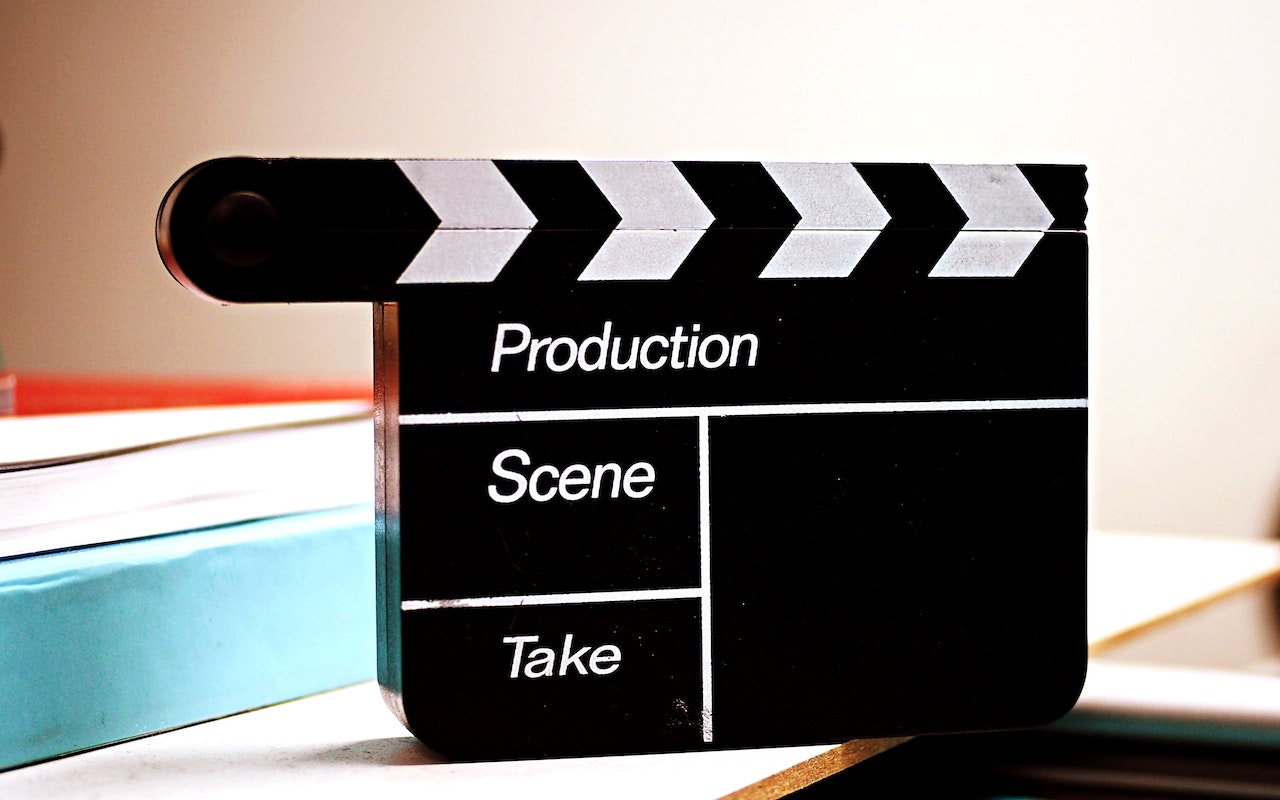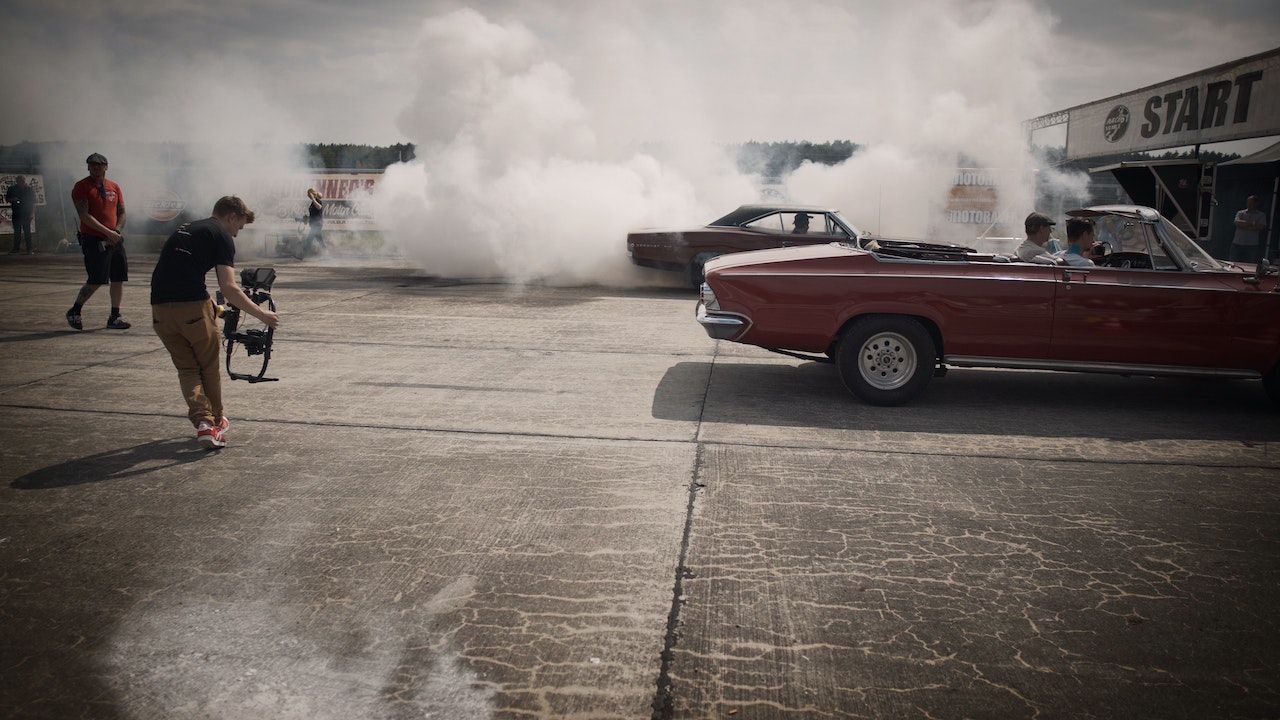Movie Magic: How Special Effects Are Created in Films
Movies are an art form that has the power to captivate and transport us to other worlds. One of the most significant aspects of movie-making is special effects. From explosions to superheroes with supernatural abilities, special effects have become an essential part of modern cinema. But how are they created, and what goes into making these incredible visuals come to life? In this article, we will take a deep dive into the world of special effects and uncover the secrets behind the movie magic.
Movie Magic: How Special Effects Are Created in Films
Movies are an art form that has the power to captivate and transport us to other worlds. One of the most significant aspects of movie-making is special effects. From explosions to superheroes with supernatural abilities, special effects have become an essential part of modern cinema. But how are they created, and what goes into making these incredible visuals come to life? In this article, we will take a deep dive into the world of special effects and uncover the secrets behind the movie magic.

The History of Special Effects
Special effects have been used in movies for over a century. In the early days of cinema, filmmakers used practical effects such as miniatures and stop-motion animation to create fantastical worlds. One of the most famous examples of early special effects is the 1933 film King Kong, which used stop-motion animation to bring the giant gorilla to life.
As technology advanced, so did special effects. In the 1970s and 1980s, the use of practical effects increased, with filmmakers using models and prosthetics to create otherworldly creatures and realistic explosions. However, with the advent of computer-generated imagery (CGI) in the 1990s, the use of practical effects began to decline.
Today, most special effects are created using a combination of practical effects and CGI. This blend of techniques allows filmmakers to create incredible visuals that would be impossible to achieve using practical effects alone.
The History of Special Effects
Special effects have been used in movies for over a century. In the early days of cinema, filmmakers used practical effects such as miniatures and stop-motion animation to create fantastical worlds. One of the most famous examples of early special effects is the 1933 film King Kong, which used stop-motion animation to bring the giant gorilla to life.
As technology advanced, so did special effects. In the 1970s and 1980s, the use of practical effects increased, with filmmakers using models and prosthetics to create otherworldly creatures and realistic explosions. However, with the advent of computer-generated imagery (CGI) in the 1990s, the use of practical effects began to decline.
Today, most special effects are created using a combination of practical effects and CGI. This blend of techniques allows filmmakers to create incredible visuals that would be impossible to achieve using practical effects alone.
Creating Special Effects
The process of creating special effects begins long before filming even starts. First, the filmmakers need to come up with a concept for the effect they want to achieve. This can involve creating concept art and storyboarding the scene to determine how the effect will fit into the overall story.
Once the concept is established, the next step is to figure out how to achieve the effect. This can involve a wide range of techniques, including practical effects, CGI, or a combination of both.
Practical Effects
Practical effects involve physically creating the effect on set using props, models, and other materials. For example, if a filmmaker wants to create an explosion, they might use a combination of pyrotechnics, gas tanks, and miniature models to create the desired effect.
Prosthetics are another common practical effect used in movies. They involve creating makeup and masks that can transform an actor's appearance. One famous example of prosthetics is the makeup used to transform actor Gary Oldman into the character Dracula in the 1992 film Bram Stoker's Dracula.
CGI
CGI involves creating the effect using digital technology. This technique is commonly used for creating environments, creatures, and other effects that would be impossible to achieve using practical effects. For example, in the 2009 film Avatar, the alien world of Pandora was created entirely using CGI.
The process of creating a CGI effect involves several steps. First, the filmmakers create a digital model of the object or creature they want to create. They then animate the model and apply textures and lighting to create a realistic appearance. Finally, the effect is integrated into the live-action footage using compositing techniques.
Combining Practical Effects and CGI
Today, most special effects involve a combination of practical effects and CGI. This allows filmmakers to create effects that look realistic while still retaining the physicality of practical effects. For example, in the 2015 film Mad Max: Fury Road, the filmmakers used practical effects such as real explosions and stunts, combined with CGI to create the final product.
Creating Special Effects
The process of creating special effects begins long before filming even starts. First, the filmmakers need to come up with a concept for the effect they want to achieve. This can involve creating concept art and storyboarding the scene to determine how the effect will fit into the overall story.
Once the concept is established, the next step is to figure out how to achieve the effect. This can involve a wide range of techniques, including practical effects, CGI, or a combination of both.
Practical Effects
Practical effects involve physically creating the effect on set using props, models, and other materials. For example, if a filmmaker wants to create an explosion, they might use a combination of pyrotechnics, gas tanks, and miniature models to create the desired effect.
Prosthetics are another common practical effect used in movies. They involve creating makeup and masks that can transform an actor's appearance. One famous example of prosthetics is the makeup used to transform actor Gary Oldman into the character Dracula in the 1992 film Bram Stoker's Dracula.
CGI
CGI involves creating the effect using digital technology. This technique is commonly used for creating environments, creatures, and other effects that would be impossible to achieve using practical effects. For example, in the 2009 film Avatar, the alien world of Pandora was created entirely using CGI.
The process of creating a CGI effect involves several steps. First, the filmmakers create a digital model of the object or creature they want to create. They then animate the model and apply textures and lighting to create a realistic appearance. Finally, the effect is integrated into the live-action footage using compositing techniques.
Combining Practical Effects and CGI
Today, most special effects involve a combination of practical effects and CGI. This allows filmmakers to create effects that look realistic while still retaining the physicality of practical effects. For example, in the 2015 film Mad Max: Fury Road, the filmmakers used practical effects such as real explosions and stunts, combined with CGI to create the final product.
Creating Special Effects with CGI
Computer-generated imagery, or CGI, has become a game-changer in the world of special effects. CGI is the use of computer software to create 2D or 3D visual content. In movie-making, it is often used to create characters, creatures, and environments that are impossible or too costly to create in real life.
CGI is often used in action and fantasy movies to create visually stunning scenes. For example, the epic battle scenes in "The Lord of the Rings" trilogy were created using a combination of practical effects and CGI. The armies of orcs and other creatures were generated using computer software.
CGI is also used to create entire worlds and environments. In "Avatar," the alien world of Pandora was created entirely with CGI. The creatures, plants, and landscapes were all generated using computer software.
Creating Special Effects with CGI
Computer-generated imagery, or CGI, has become a game-changer in the world of special effects. CGI is the use of computer software to create 2D or 3D visual content. In movie-making, it is often used to create characters, creatures, and environments that are impossible or too costly to create in real life.
CGI is often used in action and fantasy movies to create visually stunning scenes. For example, the epic battle scenes in "The Lord of the Rings" trilogy were created using a combination of practical effects and CGI. The armies of orcs and other creatures were generated using computer software.
CGI is also used to create entire worlds and environments. In "Avatar," the alien world of Pandora was created entirely with CGI. The creatures, plants, and landscapes were all generated using computer software.

While CGI has revolutionized the world of special effects, it can also be a double-edged sword. Poorly executed CGI can be distracting and take away from the overall viewing experience. Therefore, it is important for filmmakers to find the right balance between practical effects and CGI.
Bringing it all Together: The Importance of Collaboration
The creation of special effects in movies is a collaborative effort between multiple departments. From the concept design phase to post-production, each team plays a crucial role in bringing the director's vision to life.
The special effects team works closely with the director, production designer, cinematographer, and editors to ensure that the special effects seamlessly blend into the film. They use storyboards and pre-visualization to plan out the special effects and coordinate with the production team to ensure that the effects can be filmed.
In post-production, the special effects team works with the editors and sound designers to ensure that the visual effects are integrated seamlessly into the film. They also work on color grading and adding other visual enhancements.
Conclusion
Special effects have become an integral part of the movie-making process. From practical effects to CGI, special effects have the power to transport viewers to another world and create unforgettable movie moments. The creation of special effects is a collaborative effort between multiple departments, and it requires a combination of technical skill, creativity, and imagination.
The art of special effects continues to evolve with each new movie and technological advancement. As filmmakers continue to push the boundaries of what is possible, the world of special effects will only continue to grow and expand.
While CGI has revolutionized the world of special effects, it can also be a double-edged sword. Poorly executed CGI can be distracting and take away from the overall viewing experience. Therefore, it is important for filmmakers to find the right balance between practical effects and CGI.
Bringing it all Together: The Importance of Collaboration
The creation of special effects in movies is a collaborative effort between multiple departments. From the concept design phase to post-production, each team plays a crucial role in bringing the director's vision to life.
The special effects team works closely with the director, production designer, cinematographer, and editors to ensure that the special effects seamlessly blend into the film. They use storyboards and pre-visualization to plan out the special effects and coordinate with the production team to ensure that the effects can be filmed.
In post-production, the special effects team works with the editors and sound designers to ensure that the visual effects are integrated seamlessly into the film. They also work on color grading and adding other visual enhancements.
Conclusion
Special effects have become an integral part of the movie-making process. From practical effects to CGI, special effects have the power to transport viewers to another world and create unforgettable movie moments. The creation of special effects is a collaborative effort between multiple departments, and it requires a combination of technical skill, creativity, and imagination.
The art of special effects continues to evolve with each new movie and technological advancement. As filmmakers continue to push the boundaries of what is possible, the world of special effects will only continue to grow and expand.












